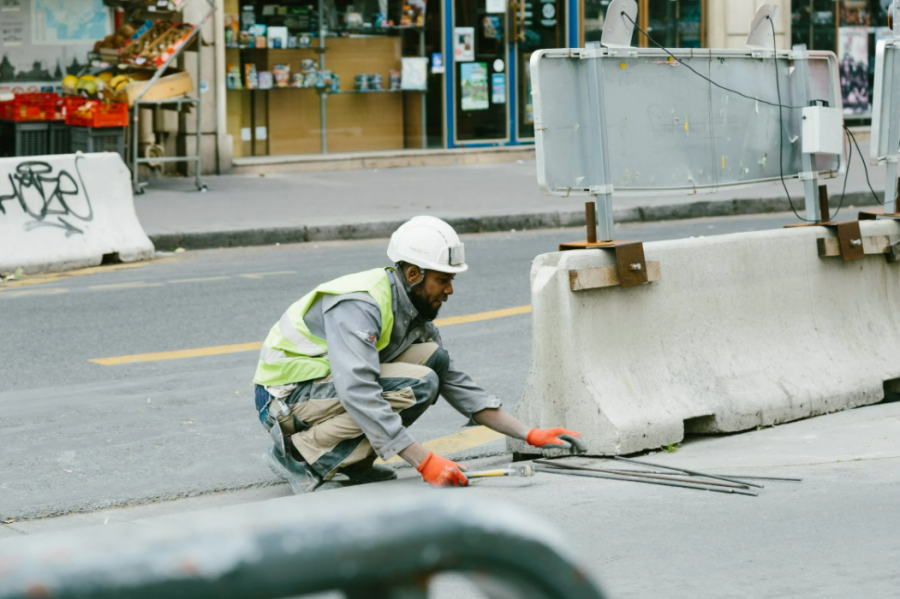Road work and other construction projects near motorists, cyclists, and pedestrians are inherently dangerous for workers and can put civilians at risk as well. The right equipment and procedures can protect your work crew and everyone who must come near a construction project, making sure that no one gets hurt and the project gets done on time. Consider these ways to improve safety when work must happen near civilians.
Awareness
Construction zone awareness and site safety must be taught to workers as well as those who come near a construction project. For workers, education must involve vehicle and pedestrian awareness, safe use of heavy equipment near the public, use of spotters, and working facing traffic whenever possible. For the public, awareness measures can include informative signage that alerts drivers and pedestrians of hazards ahead.
Safety Gear
Vehicles have seatbelts, air bags, and other safety measures to project drivers. Cyclists wear helmets and pads. Some joggers even wear lights and other safety gear. Whether working near civilians or not, construction workers benefit from safety gear specifically designed for the tasks they’re performing. For every worker, safety starts with a hardhat and reflective vest or clothing. Taking safety seriously means everyone in a work zone is protected from the most likely hazards.
Work Zone Equipment
Construction companies can purchase specialized work zone equipment that improves safety in road or parking lot construction or repair zones. Equipment that can make a difference in the safety of a site include drums, barricades, flags, lights, and signs. This high-visibility work zone equipment can mark an area off-limits, establish temporary lanes, or create a barrier between workers and motorists.
Competent Person
United States government regulations require a competent person at every construction site who can spot and predict hazards in an area or in working procedures. This person is authorized to take quick action to eliminate hazardous situations that could harm employees. The competent person also determines what protective equipment is needed, approves traffic control devices, and receives on-site complaints or hazard reports from employees so that quick corrections are possible.
Conducting a construction project near civilians isn’t an ideal situation, but it’s often necessary to build new roads and structures, expand old ones, and make repairs without creating massive disruptions. When construction workers and heavy equipment must be close to the public, taking the right actions can prevent accidents with devastating and potentially fatal consequences.

